As the founder of Cosmoverse, Michael Cito spoke about how the conference continues to evolve from a grassroots Web3 movement into a globally recognized platform where regulators, developers, and enterprises meet to define the next phase of blockchain adoption.
 Promo
Promo
Cosmoverse has become one of the defining stages for the Web3 industry, not only because of its community-first ethos, but also because of the way it consistently turns conversations into measurable outcomes. Unlike many conferences that focus on spectacle, Cosmoverse balances inclusivity with the structure and strategic depth of a Tier 1industry event.
Cosmoverse has always been community-first, and that DNA is what sets it apart. It’s one of the most inclusive and accessible gatherings in Web3, but with the structure and strategic depth of a Tier 1 industry event.
Our agenda is designed around a curated track system that brings together leading protocols, innovators, and investors across multiple verticals, maximizing on-the-ground productivity for both attendees and sponsors. We also focus on measurable outcomes, each edition brings tangible results like ecosystem partnerships, new projects emerging, and product announcements, so the impact of the event extends well beyond the stage.
From there, the conversation naturally moves to the forces shaping the broader Web3 landscape, regulation, security and scale.
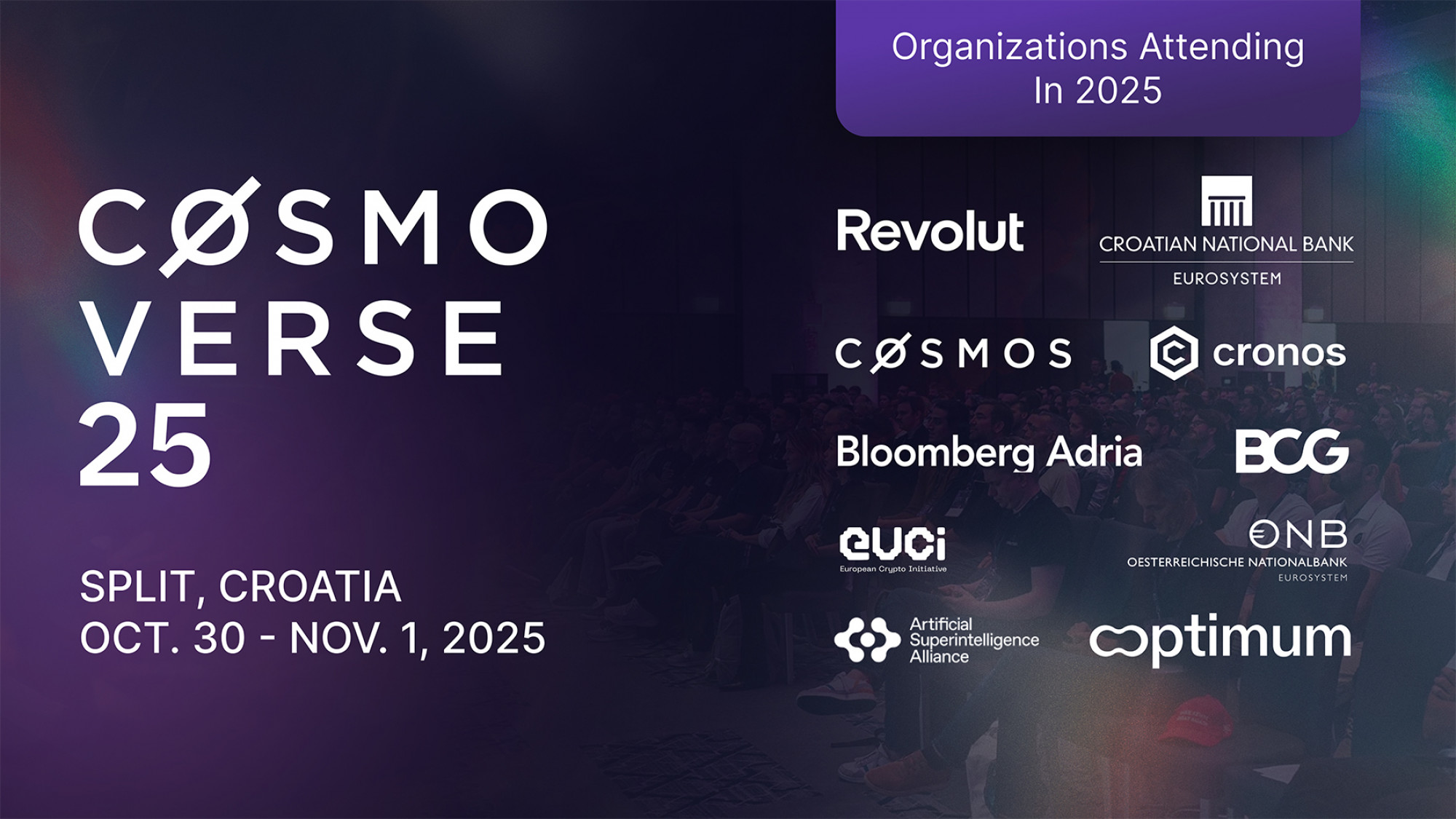 Promo
Promo
This year marks a regulatory turning point. The U.S. Genius Act and a more constructive SEC stance, combined with MiCA regulation in Europe, have unlocked new institutional stablecoin liquidity and accelerated enterprise adoption.
Enterprises, banks, and governments are now actively building Web3 products, and many of these initiatives converge on the Cosmos tech stack. Cosmos pioneered modularity, sovereignty, and interoperability, which are no longer just ideals, they are becoming essential infrastructure choices for institutions seeking secure, scalable, and compliant architectures.
The growing role of regulators and central banks makes one question particularly relevant, how can sovereign chains coexist with CBDCs, and what standards are needed to make this work in practice?
Their participation signals something profound, institutions are no longer observing from the sidelines, they are ready to engage, learn, and co-create. We are moving toward a spectrum that ranges from permissioned, proprietary networks to fully open, community-governed chains.
The future isn’t about choosing one over the other. It’s about building bridges through open standards that enable interoperability. Sovereign chains and CBDCs can complement each other by coexisting within a shared framework, where institutional stability meets decentralized innovation.
The choice of location further highlights this convergence between innovation and regulation.
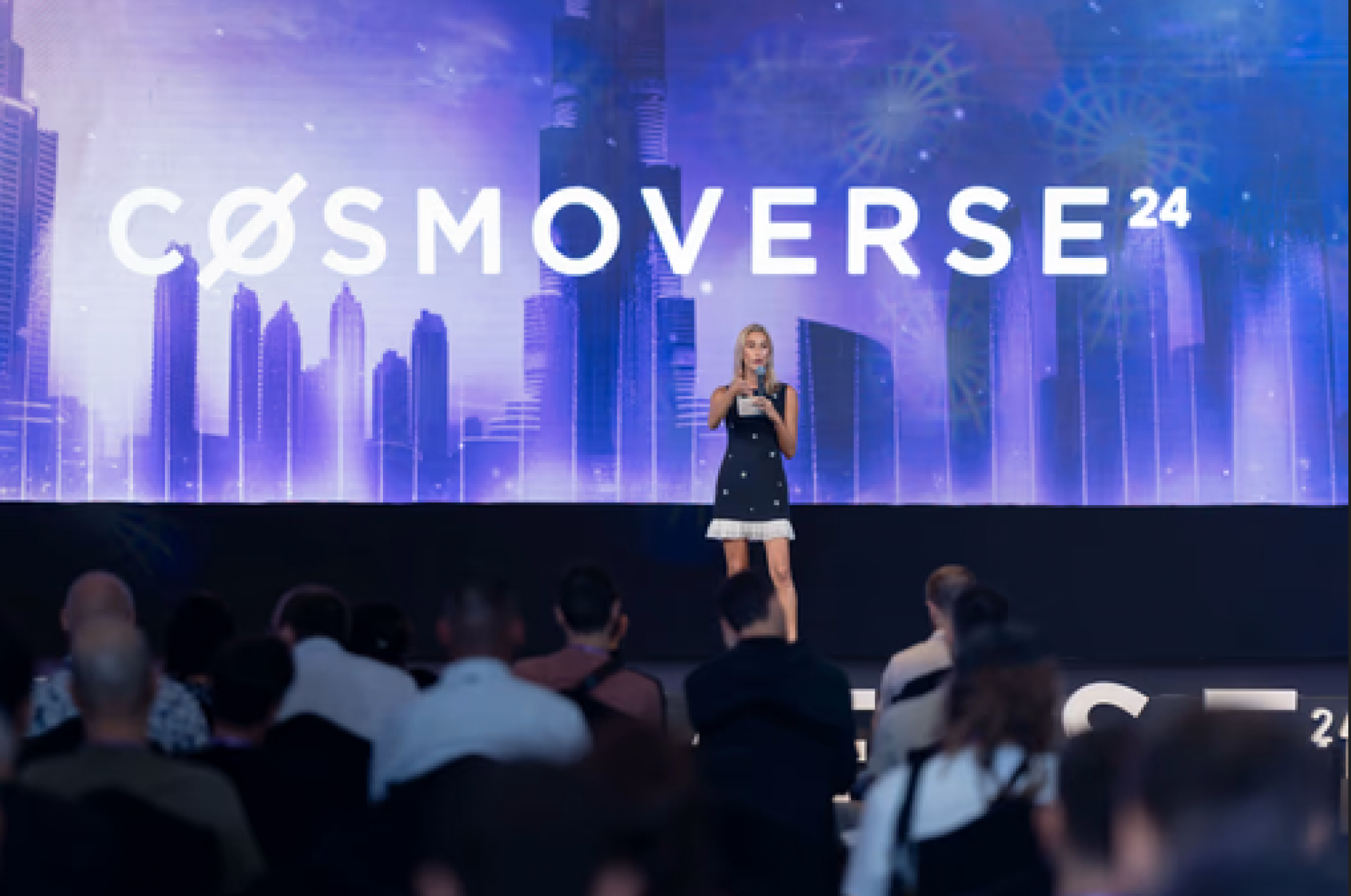 Promo
Promo
Cosmoverse rotates globally to spotlight emerging hubs, and Split is a strategic choice. The region has strong MiCA-driven policy momentum, active regulator support, and a vibrant pool of developer talent.
Twelve months from now, success means more than attendance numbers. It means active EU↔Web3 bridges, new regulatory sandboxes, and regional developer pipelines contributing to sovereign blockchain ecosystems. Split has the right mix of policy environment and talent to become a long-term bridge between European institutions and the decentralized Web3 world.
Equally important is the content design, ensuring that diverse tracks add value through collaboration, not fragmentation.
Our tracks are designed to capture the most relevant global and regional themes—DeFi, AI, stablecoins, tokenization, Bitcoin infrastructure, and ZK. But the real strength is in how they intersect. We curate sessions intentionally to ensure overlap, shared takeaways, and concrete outputs that cut across verticals. The Cosmos stack is already powering production systems globally for Payments, Stablecoins, Tokenization, and multiple live deployments of gaming & supply chains applications.
This combination of thematic focus and shared infrastructure creates a collaborative environment rather than fragmented silos.
At the same time, Cosmoverse goes beyond ideas, it creates tangible pipelines for innovation and investment.
Cosmos Ventures focuses on early-stage teams building around sovereignty and interoperability, with typical check sizes between $50k and $500k. We prioritize projects that are on a clear path to becoming cash-flow-positive, with strong technical alignment to the Cosmos stack.
Hackmos plays a critical role in this pipeline, it gives teams visibility, ecosystem incentives, and direct investor access. The best projects are accelerated through exposure at global events and through our platform. Graduation metrics include follow-on funding, ecosystem integrations, and partnerships secured.
And for senior leaders, Cosmoverse delivers experience designed to produce strategic outcomes at the highest level.
The Executive Experience is designed for decision-makers who want more than just conference access. It offers curated 1:1 meetings, closed-door regulator roundtables, and exclusive networking in a private lounge; open only to investor partners, speakers, executive pass holders, and media.
For companies, Cosmoverse is a platform. Beyond attendance, they can step into speaking roles, strategic sponsorships, or even showcase live pilots on stage. It’s a clear pathway to visibility, deal flow, and real-world adoption.
Cosmoverse 2025 is not just another stop on the global conference circuit, it is a stage where community values meet institutional engagement, and where ideas quickly turn into measurable results. By combining regulatory participation, developer pipelines, and real-world pilot projects, it is creating the blueprint for how sovereign chains, enterprises, and central banks can operate side by side.
From Split, a city positioned at the crossroads of Europe and Web3, Cosmoverse signals that the future will not be built in silos but through collaboration, interoperability, and open standards. For participants, whether builders, investors, or policymakers, the message is clear: this is the place where the next phase of Web3 is not only discussed, but actively shaped.
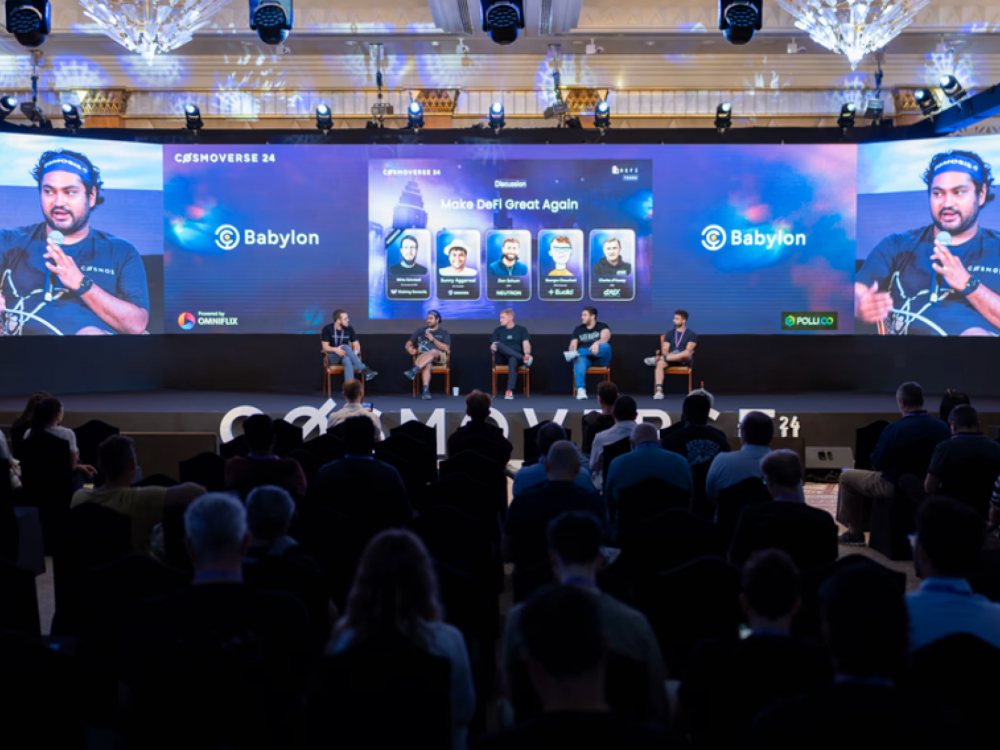







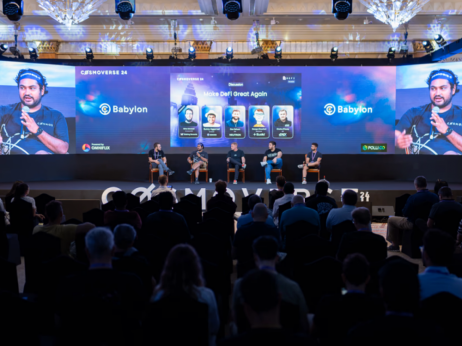
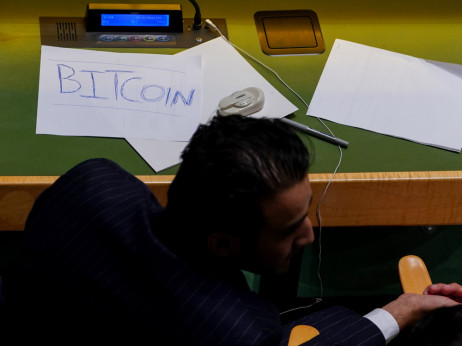
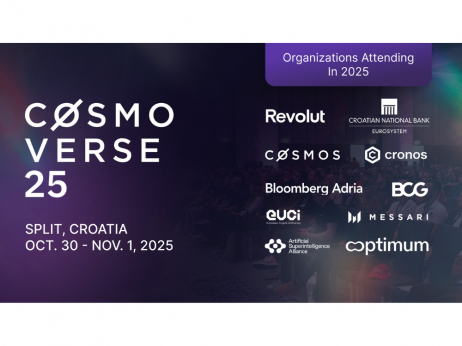




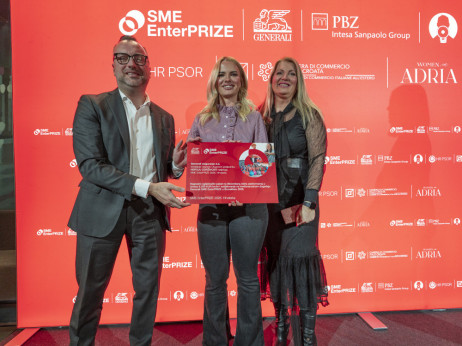

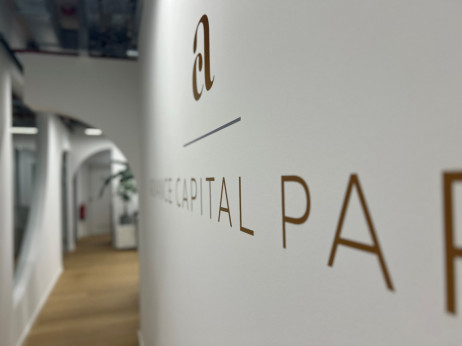
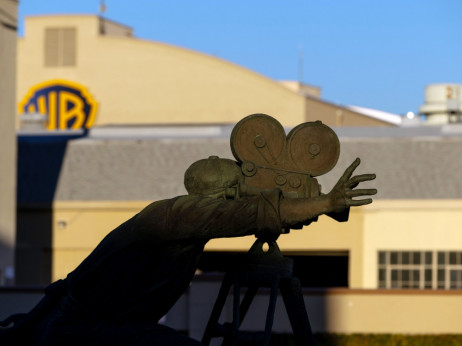
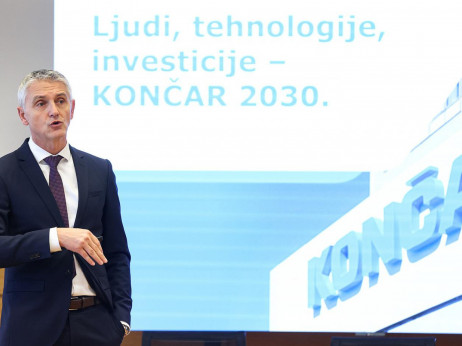
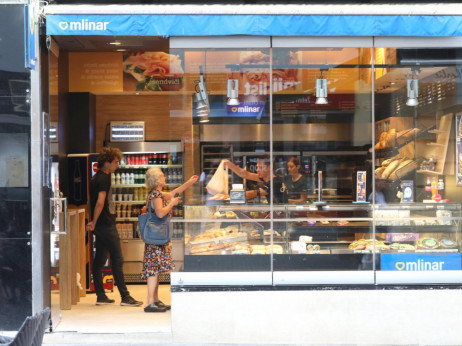



.png)